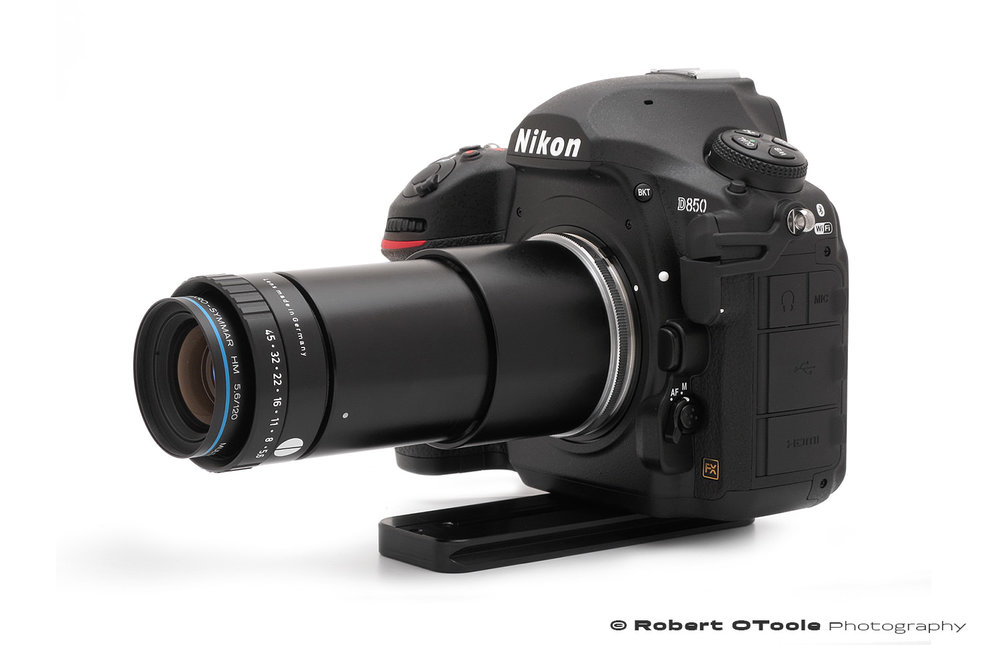
The lens is optimized for 1x and is 8 E in 4 G design with ULD glass. Schneider recommends this lens for 12K line scan sensors, thats a 12,000 pixel wide sensor, with 5µm pitch. (Interestingly they do not recommend the 80 Makro-Symmar for 12K sensors and in my experience the 80mm is not as good)
This is a typical machine vision set up for a lens like this. I picked this up just recently for next to nothing.Sometimes even I get lucky.
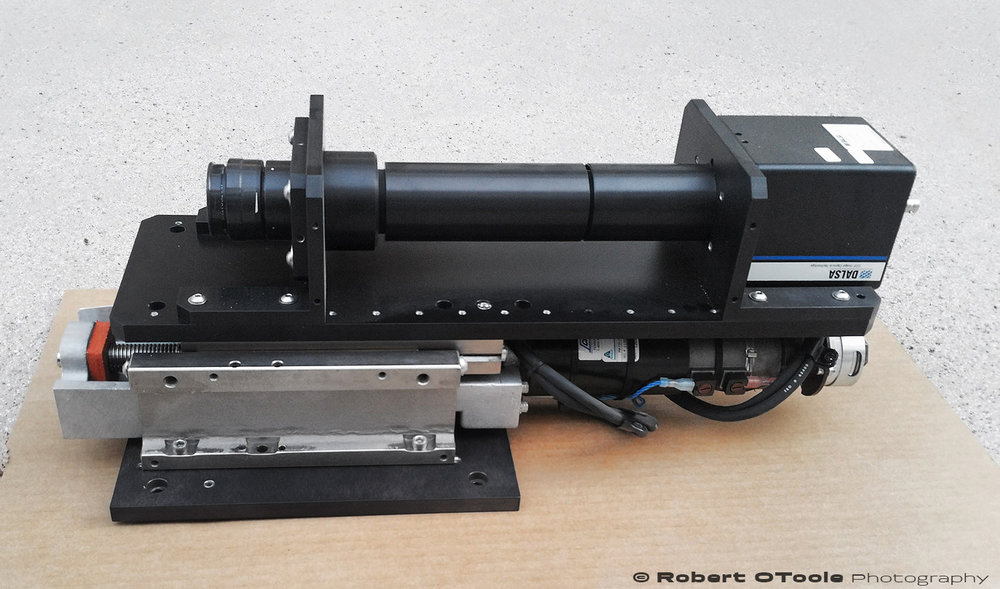
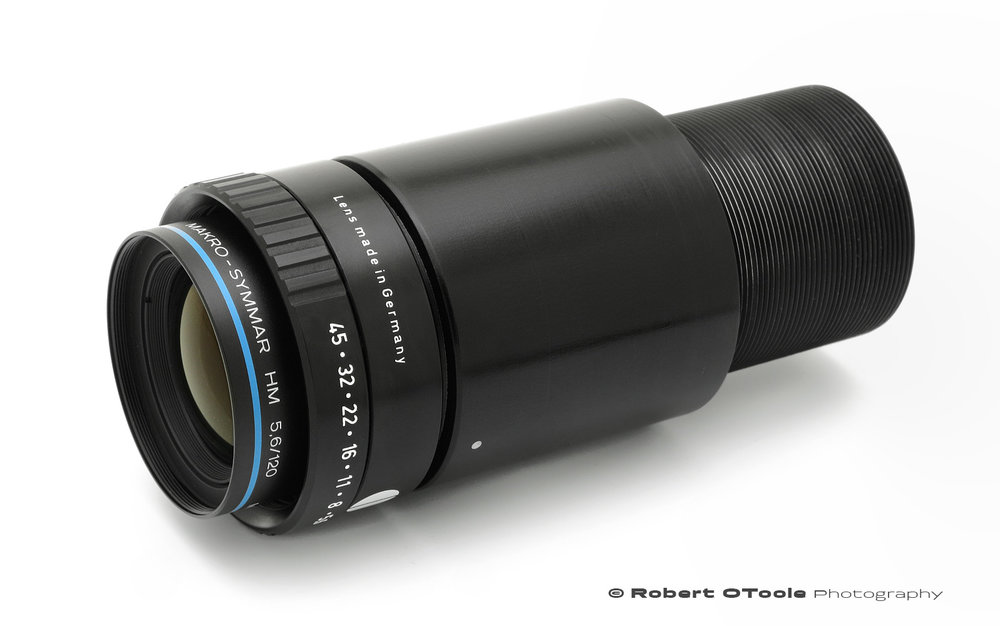
This Makro-Symmar came with a really well built 32.5mm x 0,5 adapter with a 2 inch extension and 42mm x 1 threads on the end. I got lucky again!
So how sharp is it? These are a few comparisons done with a recent 16 lens 1X test I ran.
1X
Nikon D850
MM-11 Vertical stand
Single SB-R200 flash.
Shot in manual mode
All in RAW and converted with all noise reduction and lens correction zeroed out.
Focus bracketed and the sharpest image selected at 100% then cropped and saved in Photoshop ACR.
Note
I compared the all the other lenses at f/5.6, and not at their sharpest aperture, since the other lenses needed all the help they could get against the Makro-Symmar. The APO-Lanthar and Nikon 105 VR are sharper at f/4 but the CAs in the corners are even worse!
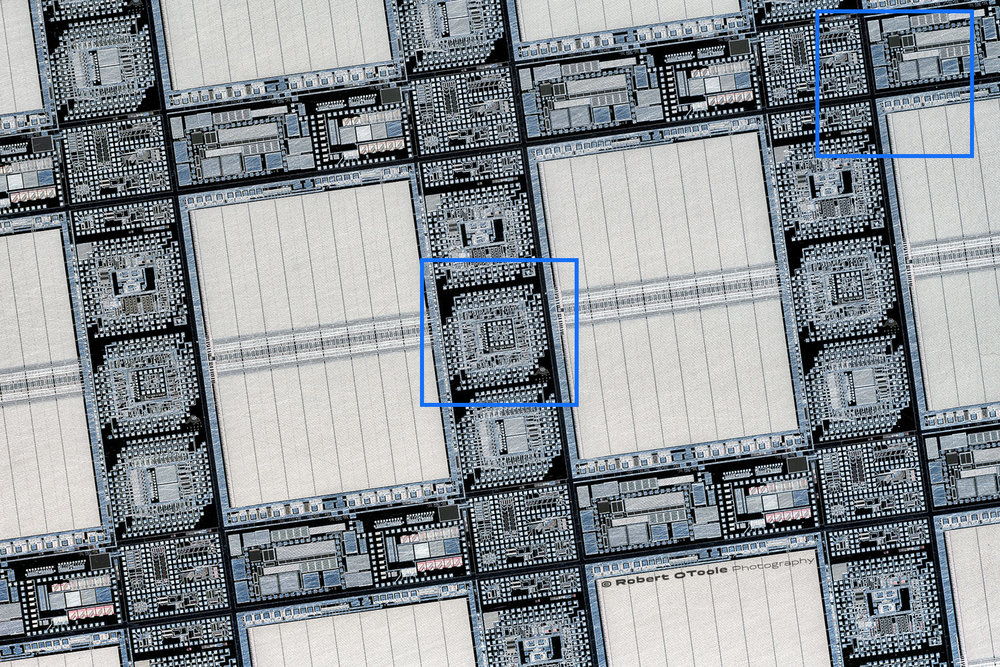
Link to a larger version:
https://static1.squarespace.com/static/ ... rmat=1500w
Schneider Makro-Symmar HM 120mm on the left, Nikon AF-S VR Micro-NIKKOR 105mm f/2.8G IF-ED, both shot at f/5.6
center
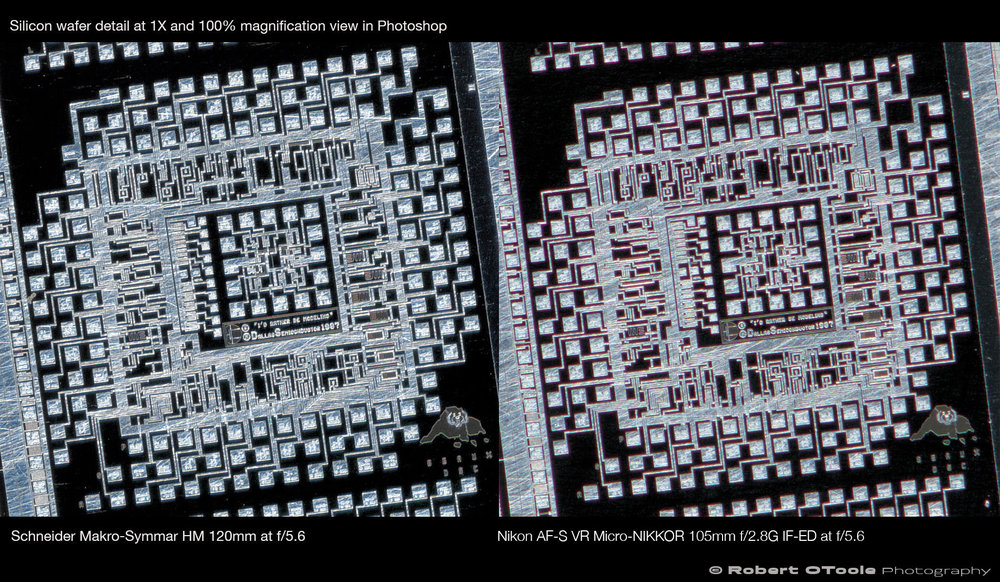
Larger version:
https://static1.squarespace.com/static/ ... rmat=1500w
Corner:
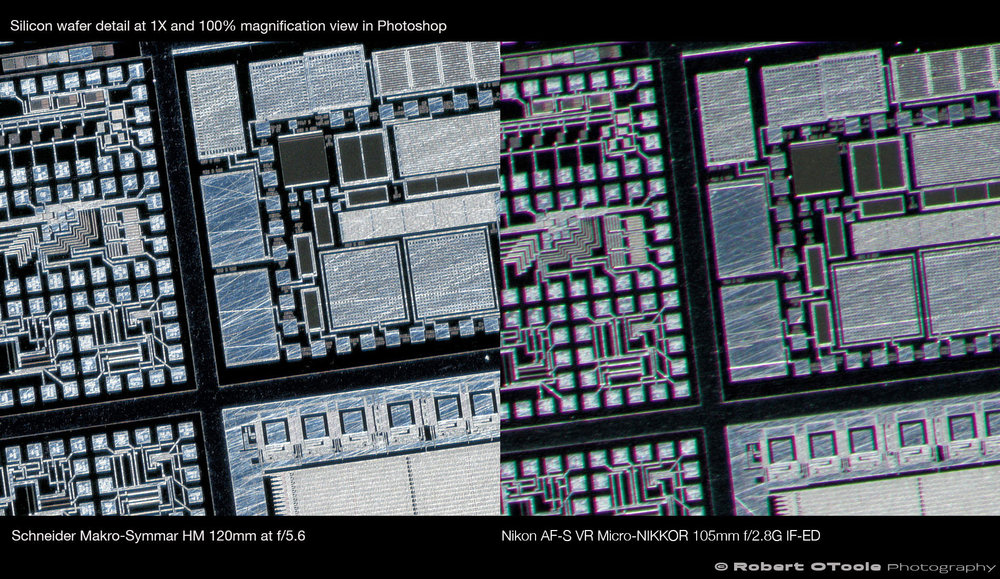
Larger version:
https://static1.squarespace.com/static/ ... rmat=1500w
Schneider Makro-Symmar HM 120mm f/5.6 vs Sigma 150mm f2-8 EX OS APO Macro, at f/5.6
Center:
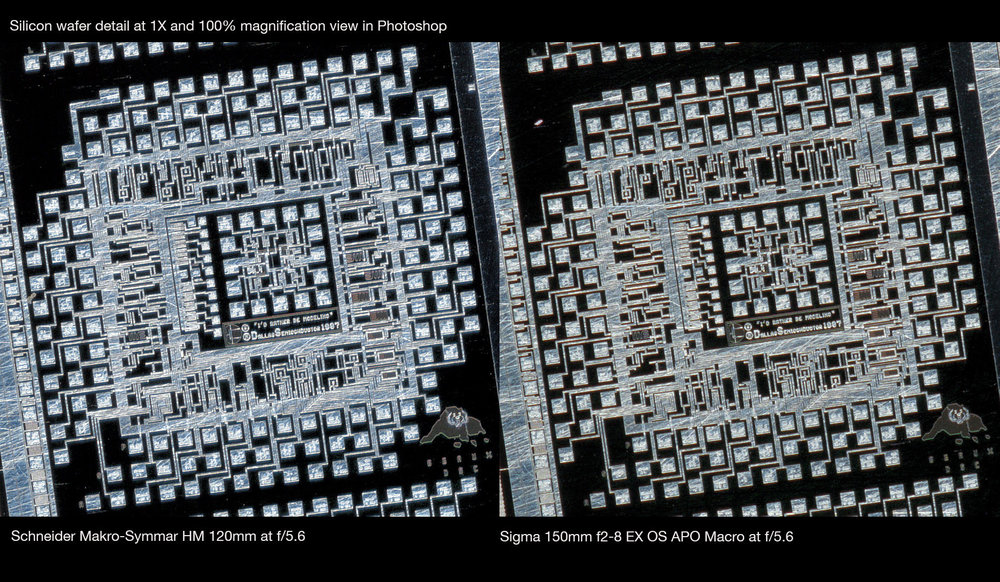
Larger version:
https://static1.squarespace.com/static/ ... rmat=1500w
Corner:
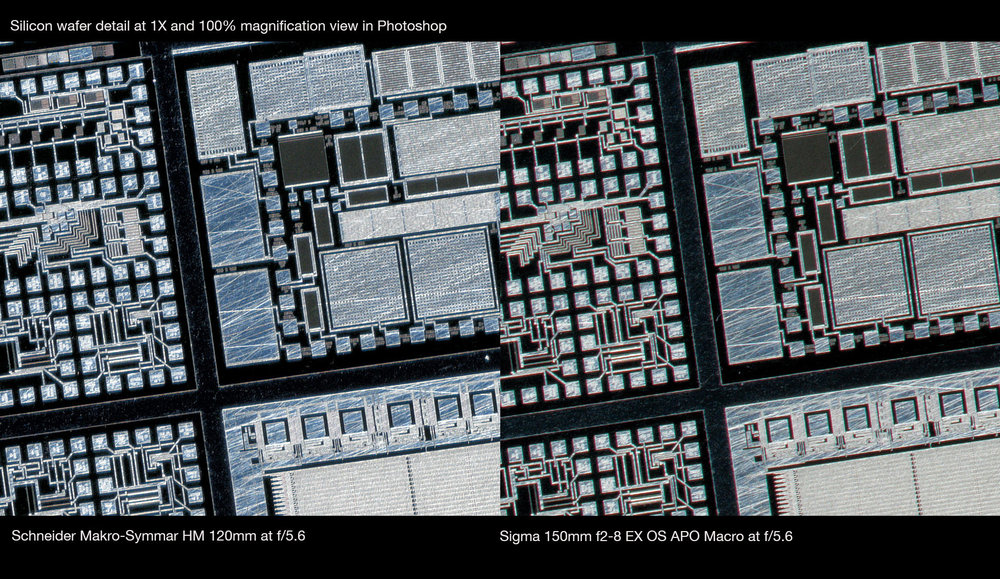
Larger version:
https://static1.squarespace.com/static/ ... rmat=1500w
Schneider Makro-Symmar HM 120mm f/5.6 vs Voigtlander 125mm f2/.5 APO-Lanthar, both at f/5.6
Center:
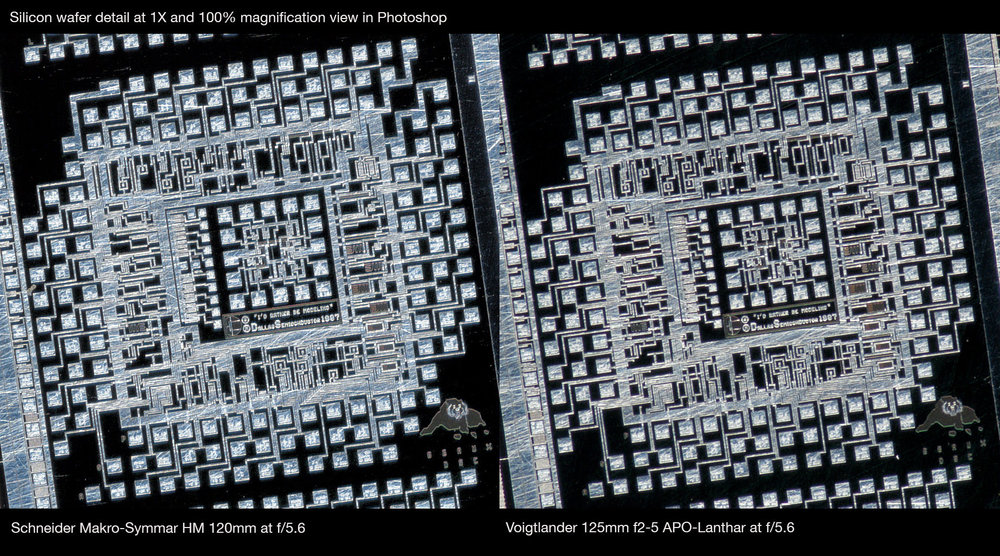
Larger version:
https://static1.squarespace.com/static/ ... rmat=1500w
Corner:
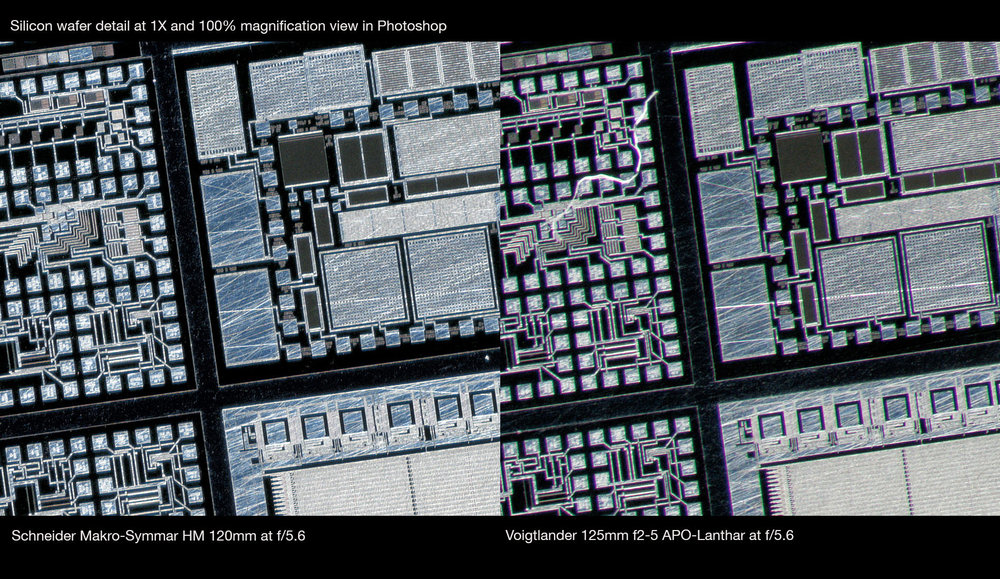
Larger version:
https://static1.squarespace.com/static/ ... rmat=1500w
More info on the Makro-Symmar on my website, how to mount it, more images of the lens, etc.
https://www.closeuphotography.com/schne ... mar-120mm/
More info on my blog:
https://www.closeuphotography.com/
Questions and comments welcome.
Robert


